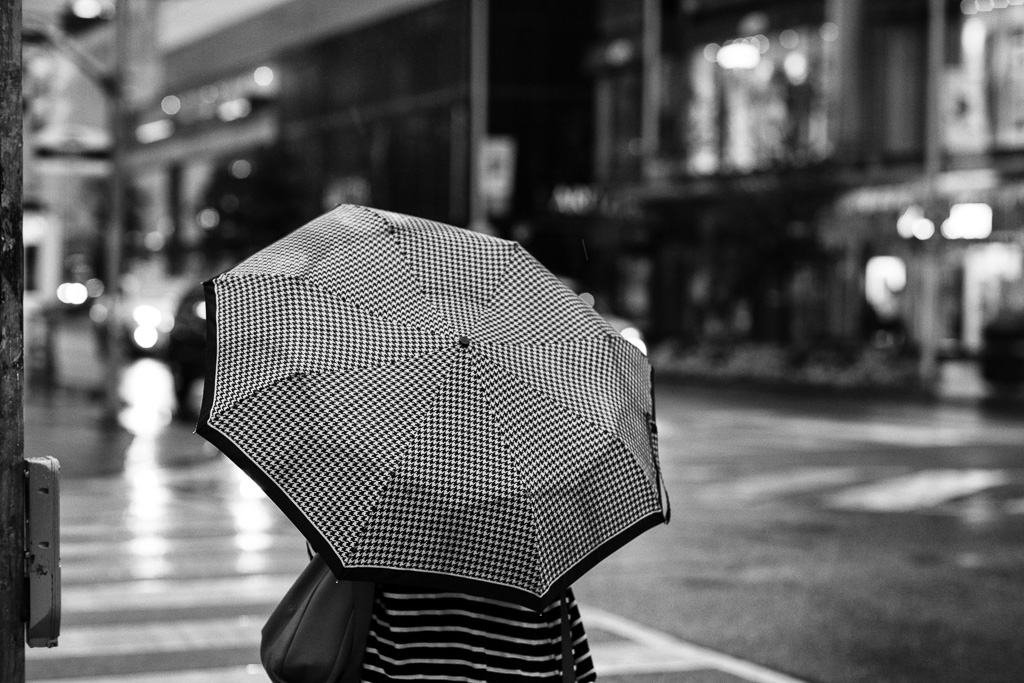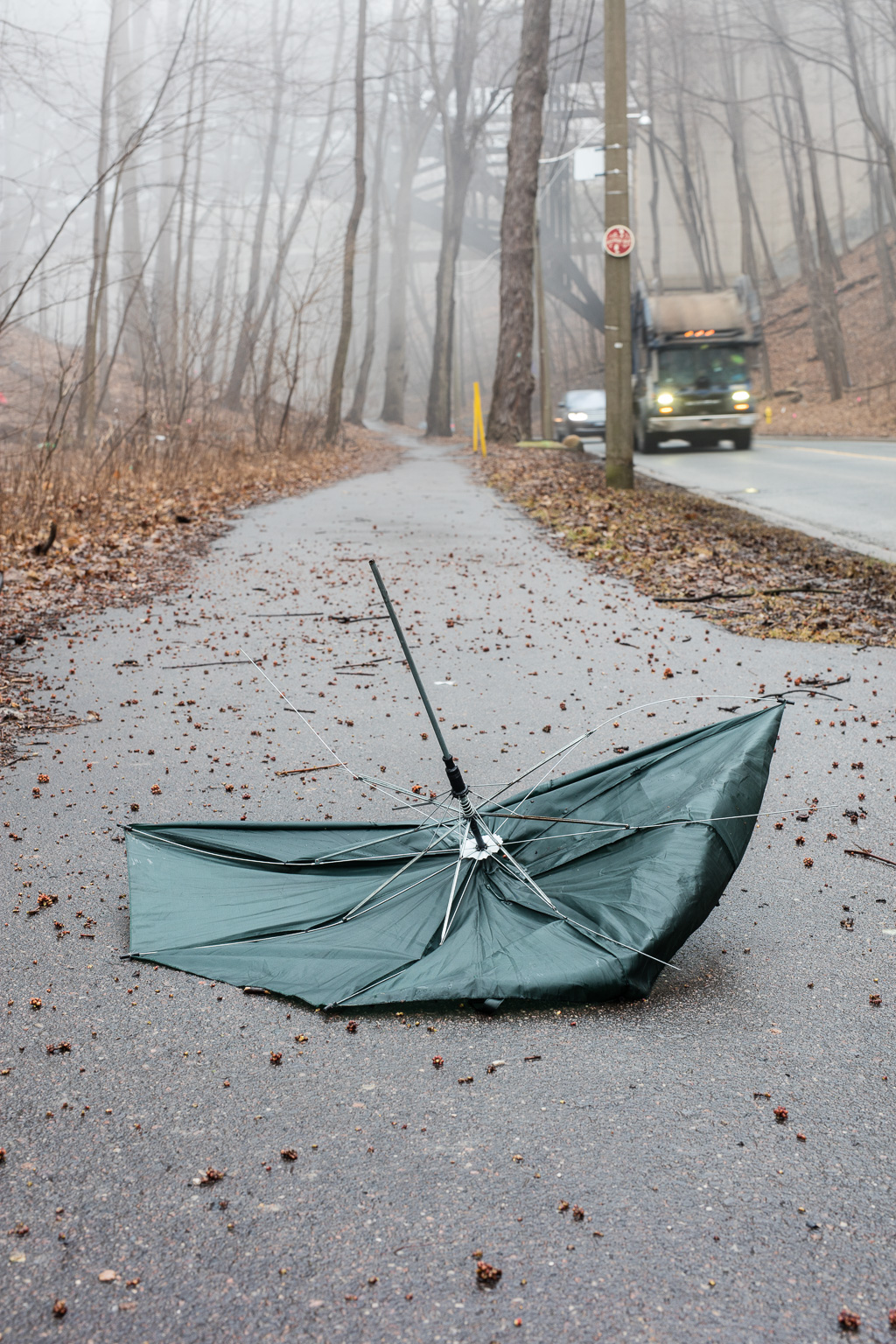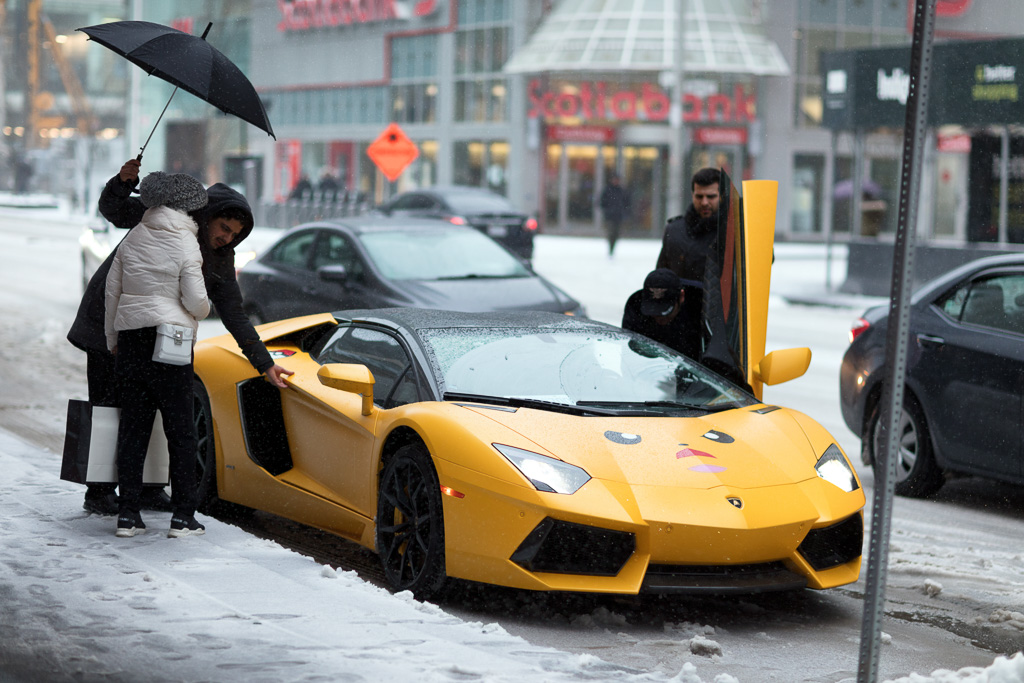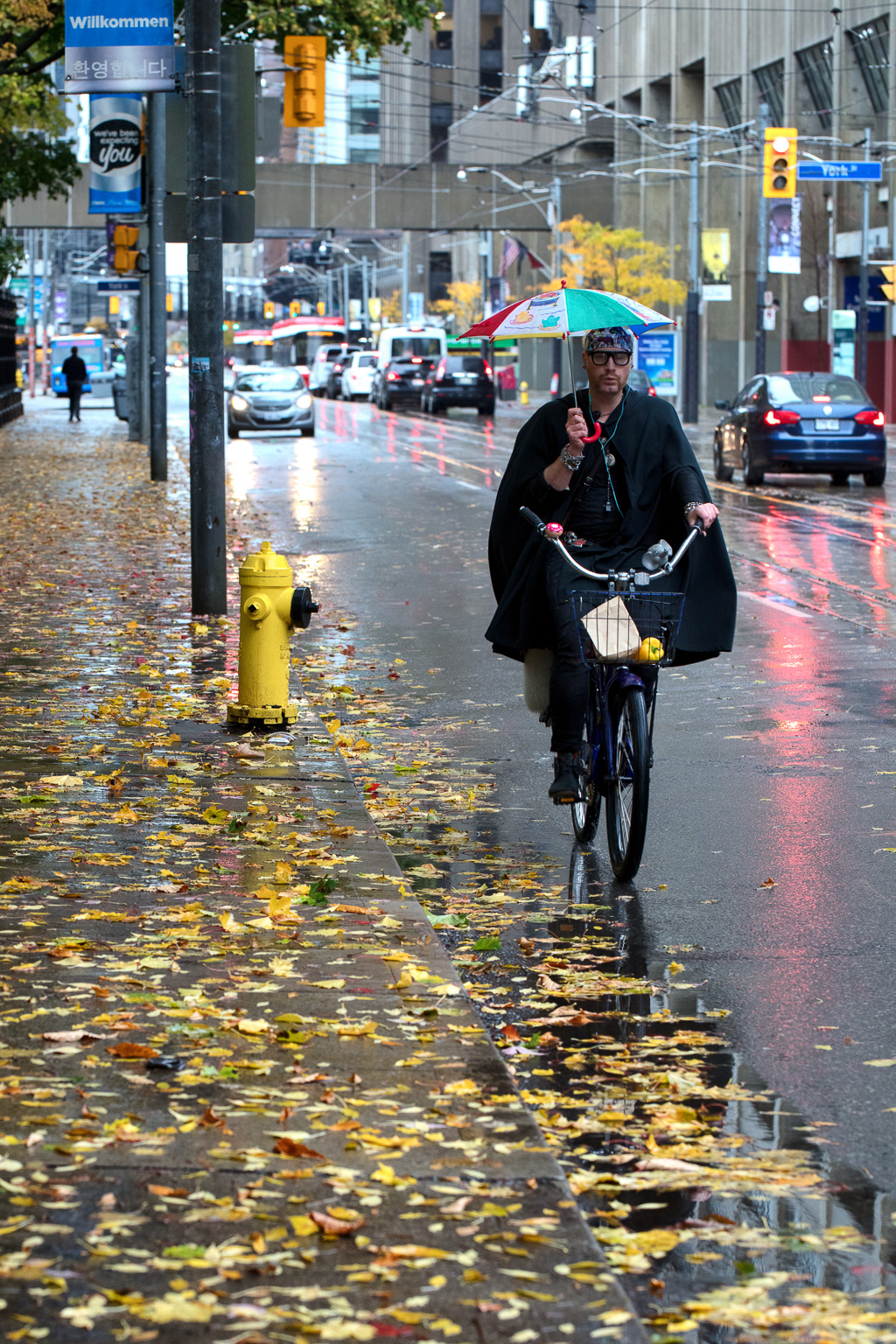I went through a street photography phase where I made nothing but black and white photos. There is a massive bias on photo-sharing sites towards black and white photographs. If I post a black and white photograph on Instagram with a #bnw hashtag, I get far more traffic than when I post colour photos. Black and white is “real” street. Colour is for wannabes and Joel Meyerowitz.
I expect the bias goes back to the days before colour film existed. Early masters of street photography like Henri Cartier-Bresson had only black and white film to work with and look at what they produced! Clearly, colour film isn’t a necessary condition of great photos. The convention continued long after colour film became widely available, at first because it was more expensive and fussier to develop, and later because … Well, just because. That’s what it means to be a convention.
Here we are in the age of digital sensors where there’s no cost difference based on the colour values we assign to a given pixel. One would think that in such an environment the bias against colour photography would evaporate. But no. It’s as prevalent as ever. Now cameras come with black and white settings so you can pretend you’re shooting with black and white film. Or, you can convert your colour images to black and white in post, either through apps on your phone or through fancy software packages like Photoshop or Lightroom or through plugins like Nik Effects or Luminar.
The only thing we can say for certain about the decision to shoot black and white is that it is no longer a technical or financial decision. Photographers have shifted the decision into other spheres, like aesthetics and politics. And so, for the month of June, I will present black and white images with commentary about why, sometimes, it might be preferable to do things the old way. Not always. But sometimes.




